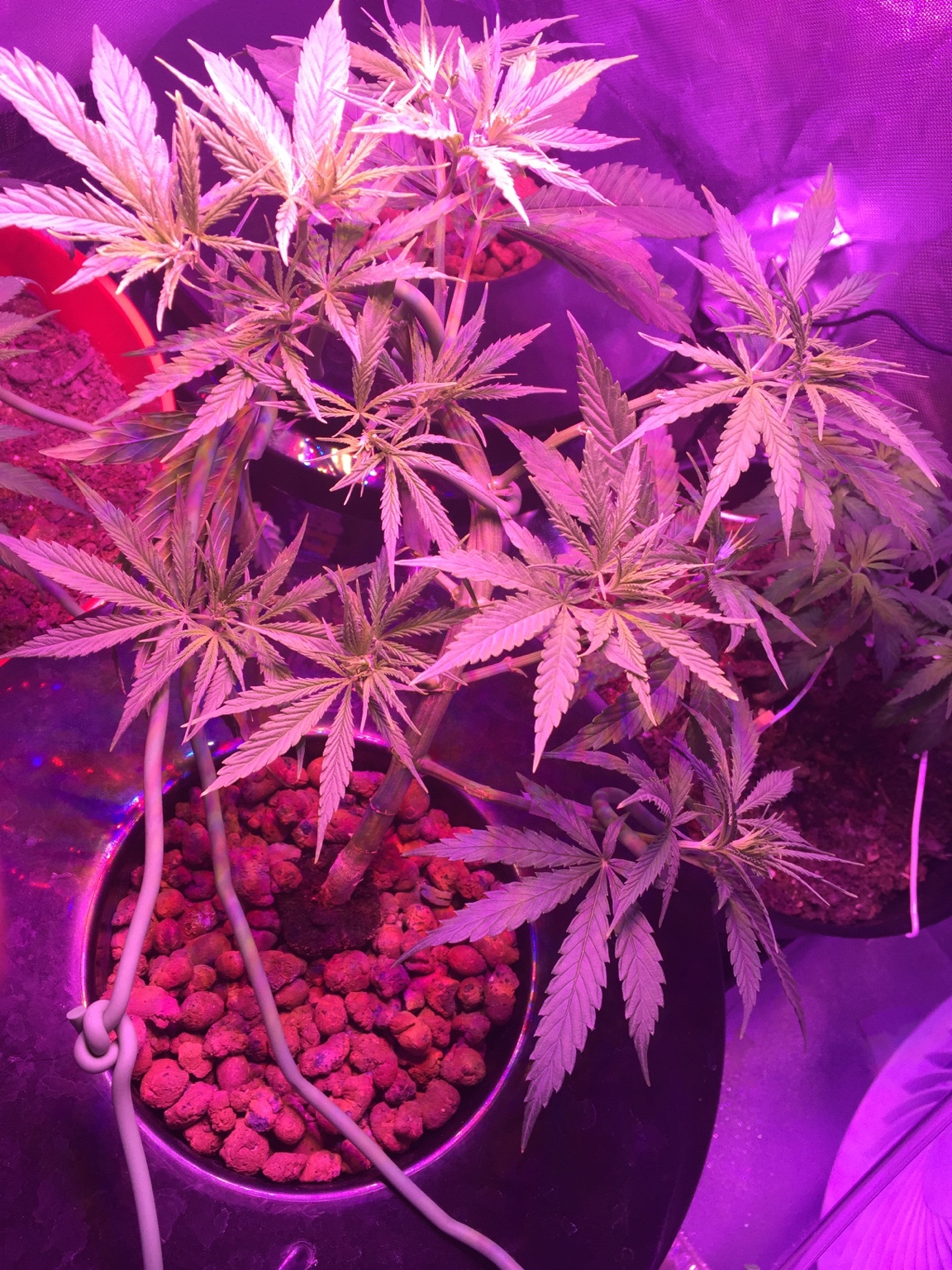Cannabliss89
New Member
Now that we're starting to get some rain here and there I've started to collect and store. My tap water has chloramine so it's a lot harder to get it out and going to the glacier dispensar to fill up 5 gallon jugs can be a pain in the ass and it adds up after a while. I can collect 10 gallons in like 10 minutes if it's raining good so it's super convenient.
Do I have to worry about storing it for a while? It's got a brown tinge to it cuz I collect it from my gutter run off but I'm not worried about it cuz I only give it to the plants, I store it in my garage and I try to keep it in the dark so algae or whatever doesn't grow. I should be able to just keep it like this until I need to use it right?
Do I have to worry about storing it for a while? It's got a brown tinge to it cuz I collect it from my gutter run off but I'm not worried about it cuz I only give it to the plants, I store it in my garage and I try to keep it in the dark so algae or whatever doesn't grow. I should be able to just keep it like this until I need to use it right?




 I've read that they add chloride in nutrients, because there is not enough in rainwater nowadays. On the other hand, chlorine can cause clorosis as you already know.
I've read that they add chloride in nutrients, because there is not enough in rainwater nowadays. On the other hand, chlorine can cause clorosis as you already know.
